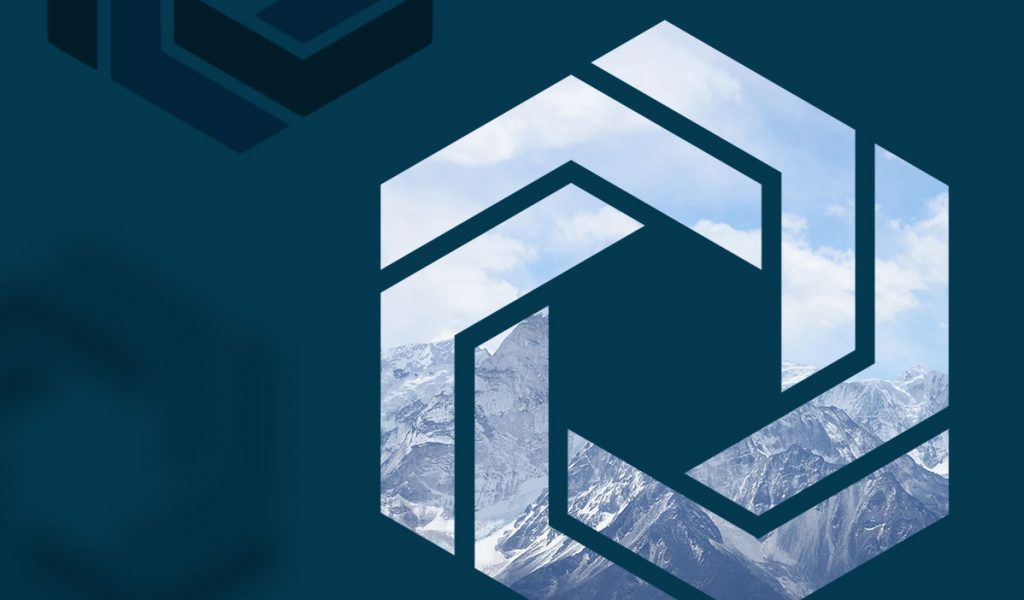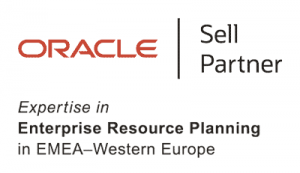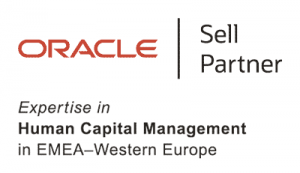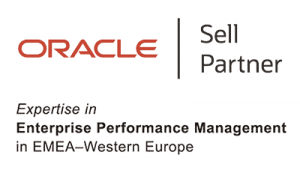As Featured in ERP Today | Written by Mark Sweeny, CEO of de Novo Solutions
Are you ready to go all-in on SaaS?
Experience tells you that in the enterprise SaaS cloud market you are always selling regardless of position and role you play within a company. You always sell yourself first, “Like me, like what I am saying, like what I can do”, in this game, using a poker analogy, this is merely table stakes.
This ecosystem thrives on business relationships, and regardless of remote communications technology that we now all rely upon, people want to physically see the whites of your eyes before they sign on the dotted line for a multimillion-pound contract. However, no-one signs such contracts just because they like someone.
Raising the game
The ‘raise’ in the SaaS game is value and the bigger the pot gets the value realisation expectation increases exponentially.
But what is value? What is this word that we are transfixed on? Translating this into financial means and then stoking expectation further by providing numerous ‘intangibles’ that we cannot even attach a monetary number to. The combination enhances our hand before we lay down a disappointing deck of cards at the outcome.
How do we translate aspirational words in a business case into a real tangible asset that we can touch, feel, see, and ultimately measure – seeking a financial return on our investment?
Hierarchy of value in SaaS
Value has a hierarchy. Think about the triangle in ‘Maslow’s Hierarchy of Needs’ but this time the triangle is inverted to reflect that as you work your way up the triangle greater value is released.
At the apex at the bottom of the triangle the value you release is only going to be the perceived cost savings that include, but not limited to, the likes of decommissioning your on-premise datacentre. Whereas, at the top of the triangle (the widest base in our inverted scenario) you will get the financial gains from the kind of innovation that arise from end-to-end process digitalisation connecting front to back-office that allows you to create new experiences that lead to market disruption. Again, welcome to the experience economy.
The value chain is circular, between organisation, systems integrator, SAAS platform vendor and end customer.
The SaaS value chain
Implementing SaaS is only the start of a customer’s cloud journey. I have often highlighted the pitfalls of buying an implementation on the cheap and just ‘switching the lights on’. Executed correctly from the outset SaaS should release incremental value from the point of go-live continuously over the life of the contract and beyond. This takes continuous investment allowing the organisation to evolve their business operations through SaaS innovation providing new services and experiences to their end customers at front of house.
The value chain is circular, between organisation, systems integrator, SaaS platform vendor and end customer. Think of the first three parties operating as a Formula 1 team with the organisation’s customer as the paying fan.
The platform vendor provides the car’s engine – the source of innovation; the systems integrator is the pit crew monitoring the car’s performance, maintaining it and ensuring maximum performance, and the organisation is the driver setting the direction of travel and controlling the speed as it transforms.
Unlocking hidden value
Realising value is always a challenge, unlocking hidden value can be as elusive as finding the leprechaun’s pot of gold at the end of the rainbow. The three stones to overturn are:
• Not transforming. Clients lose out primarily as they don’t really transform and are not willing to adopt new ways of working. Translation – they are prepared to sit down at the table but then don’t play the hand they are dealt preferring to preserve the status quo of the old world. It proposes the question of why sit down in the first place?
If one thing the COVID-19 pandemic has taught us is those who resisted the digital journey and were not prepared to adapt to a new market environment are the ones whose organisations are most at risk.
In the world of enterprise systems, the real magic is when you combine HR and finance data together, not only to create new experiences but by driving real operational insight. That’s why the integrated suite play is just so powerful and always presents the biggest opportunity for an organisation to evolve. Work is not undertaken in functional silos.
• Missed opportunities. By taking advantage of new user experiences as the platform vendor releases new innovation. I would estimate today over 75 percent of customers overlook what their platform vendor is providing over the life of the contract.
This is the biggest missed opportunity and where the experience economy comes in – connecting the front office to back office creating new experiences as you break down the silos. It’s all there for the taking, with the irony being that this channel of innovation is already included in your SaaS subscription fees.
• Opportunity cost – the innovation gap This is the most powerful of the three elements, especially for those that dither and delay and is equally applicable for the ‘let’s just switch the lights on’ brigade, as they never get up the value hierarchy.
The opportunity cost hardly ever makes it to the original business case. However, here in itself is that elusive ‘leprechaun’s pot of gold’. The longer an organisation does not take advantage of technology innovation, the gap of where they are today to where they should be in the future increases exponentially over time. Consequently, the cost to move increases on all fronts, not just in the technology implementation, but also the greater the size of the transformation required to access and release financial value from the innovation delivered as business models and markets are disrupted.
For many, artificial intelligence, machine learning, and adaptive intelligence – which create efficient and effective business processes through pro-active decision making – is completely out of reach. Conversely, for the organisation that is adopting SaaS, continually investing and transforming the innovation gap is minimal and competitive advantage increases.
This is the biggest missed opportunity and where the experience economy comes in…. It’s all there for the taking, with the irony being that this channel of innovation is already included in your SAAS subscription fees.
Wider social implications
Unlocking hidden value also has wider social implications. SaaS enables digital transformation and digital transformation creates time.
Our time is the most valuable asset we all have. Consequently, being more effective and efficient at work with the right discipline should translate into ourselves having more quality social time with friends and family.
Raise the bar again – new commercial models required
New thinking however needs also to be reflected in new commercial models. Customers are always looking for more and innovation is not just restricted to technology advancement. Commercial contracts linked directly to the value released, or the value available to be released should be the order of the day. One buyer of such services commented.
Vincent Godfrey, Strategic commissioner of Kent County Council, said: “Customers are buying an improvement relationship with SaaS, where the vendor works with them as a partner to progressively unlock value and is incentivised by the commercial terms accordingly. This is a more sophisticated, nuanced approach, and harder to achieve than the previous norm but is the real differentiator and what gets the most from SaaS compared to on-premise”.
The value lifecycle The lesson is clear. Don’t just switch on the lights and see SaaS as another technology project. If you do, you are better off placing a bet on the 13:05 at Chepstow, you will get better odds regarding your return on your investment. ERP SaaS technology is proven, its low risk, the challenge however is are you prepared to go ‘all in’ and transform releasing value on a continuous journey? The winning hand in this game are those that do.
















